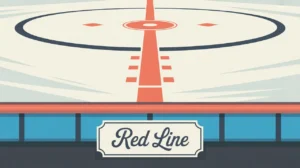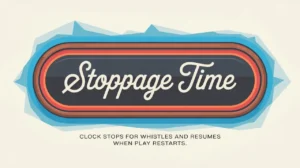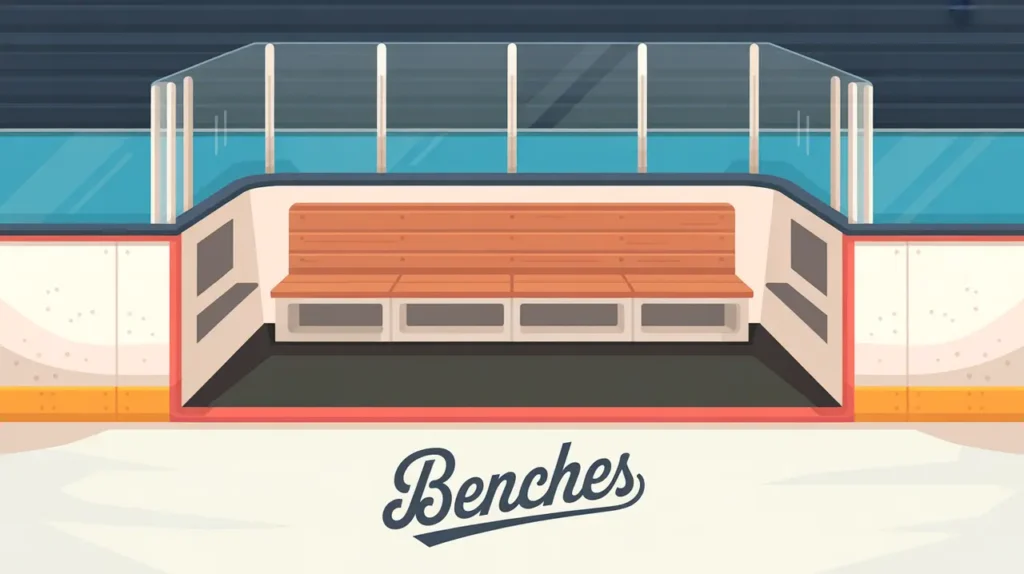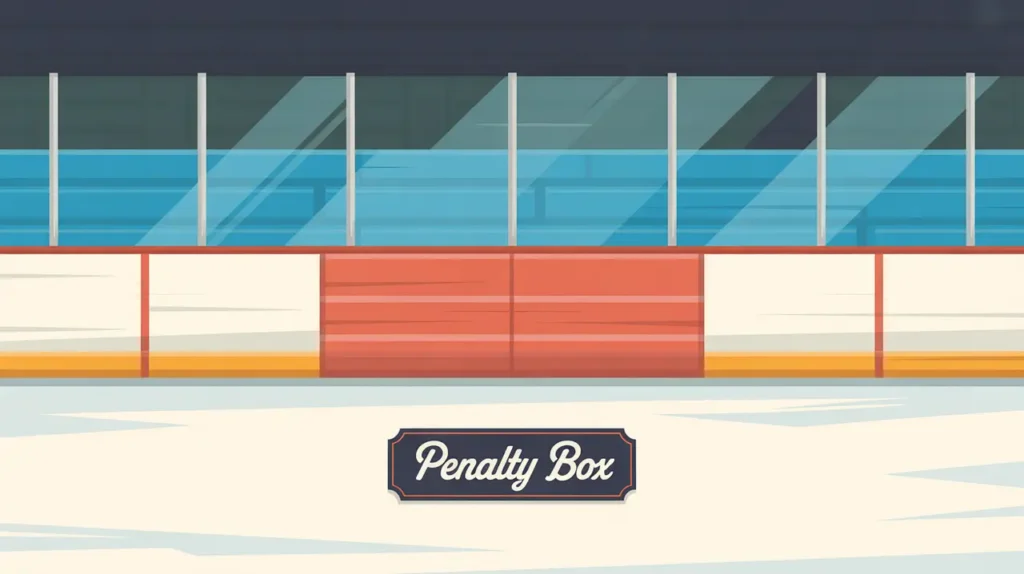Jim’s Intro to the Zamboni
Hi folks, Jim here, the only commentator who came in second to a Zamboni in a two-party race for the most entertaining old timer.
What is the Zamboni?
The Zamboni is the ice resurfacing machine that smooths and restores the playing surface between periods and during scheduled breaks. Named after its inventor, Frank Zamboni, this machine shaves the top layer of ice, collects snow, spreads a thin layer of warm water, and leaves behind a clean, glassy sheet. It’s not technically part of the game, but without it, hockey would grind to a choppy, unpredictable crawl.
How does it work?
The Zamboni performs a precise resurfacing process that ensures consistent playing conditions.
- Shaving Blade: Cuts a thin layer off the surface, removing grooves and ruts created during play.
- Augers and Snow Tank: Collect and store the shaved ice and snow as the machine moves.
- Water System: Lays down a thin layer of warm water that fills the cuts and freezes into a smooth surface.
- Towel: A large towel at the back spreads the water evenly to create a uniform finish.
- Resurfacing Path: The operator drives in a carefully planned pattern to cover the entire rink efficiently without overlap or missed spots.
The result is a fast, smooth sheet of ice that restores glide, improves puck movement, and keeps the game fair for both teams.
How do you make good decisions with it?
Good Zamboni decisions come down to timing, precision, and maintenance.
- Timing: Resurfacing is typically done after warmups and between each period. Delays or incomplete resurfaces affect ice quality and game rhythm.
- Water Temperature: Warm water fills grooves better and freezes into a clearer sheet.
- Blade Maintenance: Sharp, properly set blades create an even cut and clean surface.
- Driving Pattern: Consistent patterns ensure the whole sheet gets resurfaced evenly, avoiding patches that can affect gameplay.
- Safety Awareness: Keeping people off the ice during resurfacing is critical for both operator and player safety.
How do you master it?
Zamboni operators are skilled technicians. They learn how to adjust blade depth, drive precise routes, manage water flow, and adapt to rink quirks like dead spots or uneven freezing. Mastery also involves anticipating weather and humidity that can affect how the ice freezes and reacts during play.
What does it look like when done right?
A perfect Zamboni pass leaves the rink gleaming, with no streaks, patches, or missed corners. The ice looks like glass, and players feel the difference immediately. It supports faster skating, cleaner puck movement, and fewer random bounces. The whole process runs like clockwork, keeping the game flowing smoothly.
Commentator’s Corner
Jim’s Take
I’ve seen games slow to a crawl because of bad ice. One good Zamboni pass can do more for momentum than a timeout.
Parent Tip
Next time you’re at a rink, watch the Zamboni pattern. Players love it, and it’s a great way to understand why good ice matters.
Player Tip
Pay attention to when the ice is freshly cut versus late in a period. Adjust your passes and edges accordingly. Fresh ice gives you speed; chewed-up ice demands control.
A Final Thought
The Zamboni might not wear a jersey, but it shapes every period. A smooth sheet of ice turns hockey into the fast, fluid game it’s meant to be.









